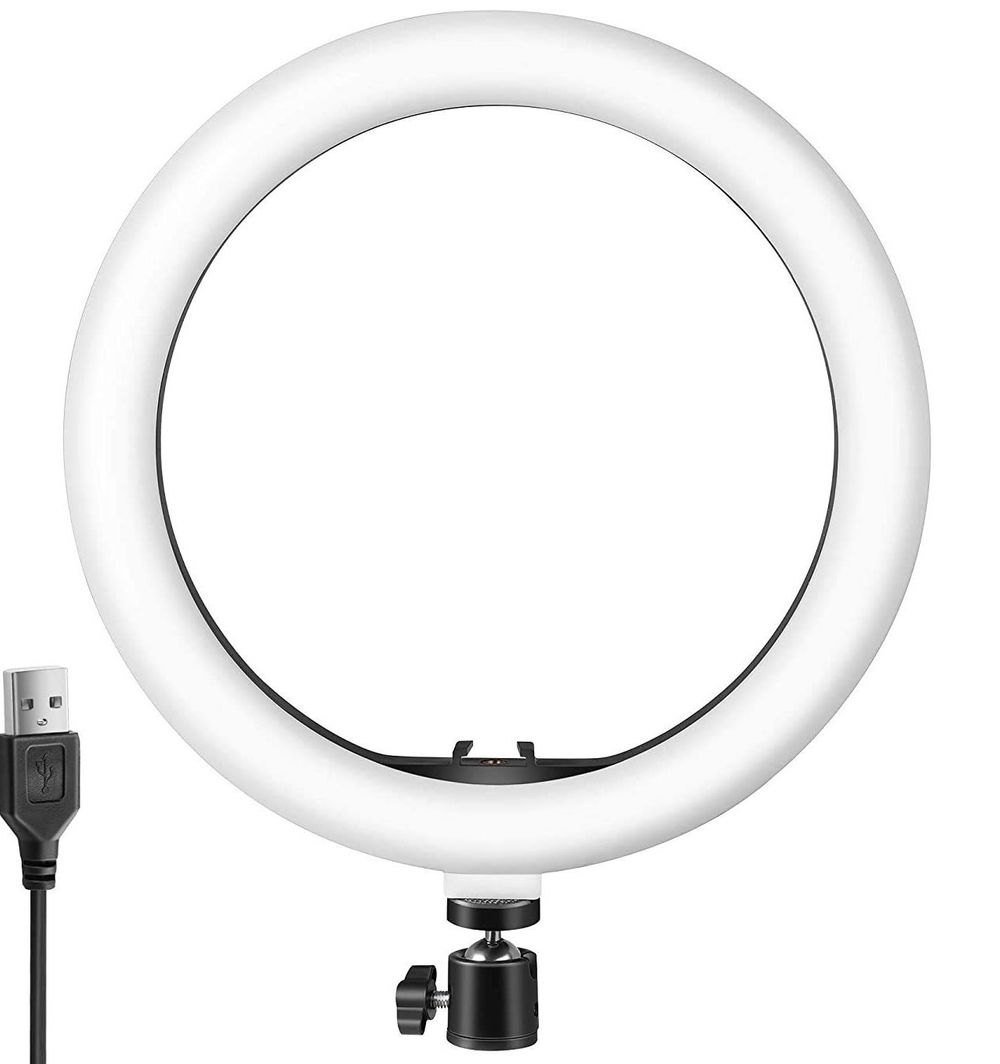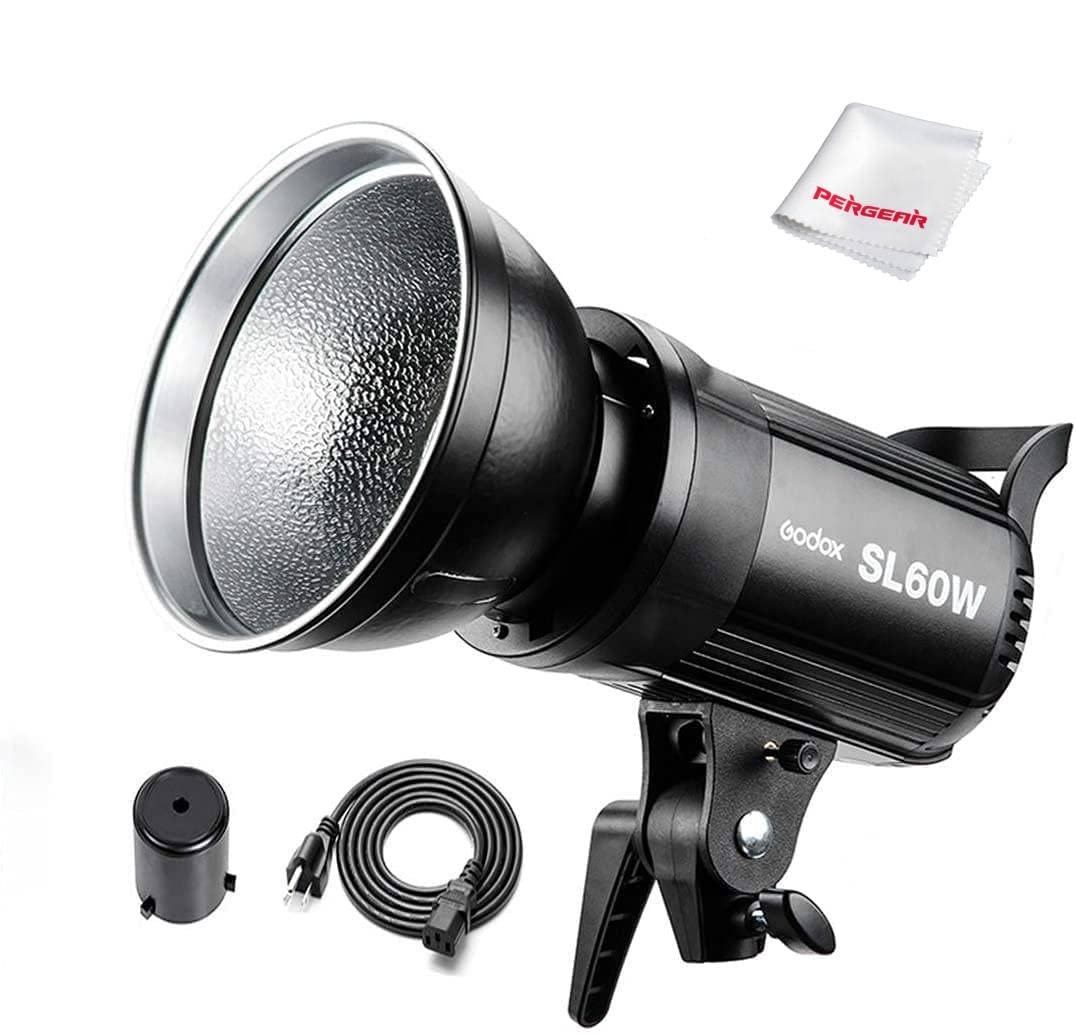In the world of Makeup Artists, there’s a challenge rarely talked about; the toll it takes on your body. During my first visit to a chiropractor, I learned that Makeup Artists and Hair Stylists frequently battle persistent back pain. It wasn’t until my seventh year in the field that I truly absorbed this fact, as discomfort settled into my neck, upper back & lower back. Turns out, the cervical spine, where your neck meets your shoulders, holds a lot of power. It’s the central of your spinal system where all your nerves meets. If any of the nerves are obstructed, it can cause muscle weakness, pain, numbness, tingling, vision problems, headache & migraines. I am not a medical expert, but discussions with doctors and specialists, it gave me a lot of insights. What peculiar about back pain is how it can ambush you, one day you’re fine, the next day can lead to chronic back issues. That’s why being aware of your posture and movements is absolutely key. Here are 10 tips that I learned that can help you avoid back issues as Makeup Artists & Hair Stylists.
1. CONDENSE YOUR KIT
Be mindful of the weight you carry in your makeup kit. Consider condensing your kit to reduce the strain on your back for the long run. You can still have everything you want but in a smaller size. This not only helps in preventing back issues but also enhances your workflow allowing you to work faster and more efficient. It’s an investment of your money and time, but much cheaper than seeing specialist in the future.
2. OPTIMAL SEATING
Ensure your client’s chair is at eye level to yours. This is crucial for maintaining excellent posture throughout your work day.
3. PRE AND POST WORK STRETCHES
Incorporate simple stretches before and after your workday to counteract the strain from prolonged uncomfortable positions that we put our body in to alleviate back tensions
4. LOOK UP
We spend a lot of time on our phone, laptop & other electronic devices. Instead of looking down, raise your devices to eye level. This relieves stress on your neck and shoulder muscles caused by the weight of your head.
5. COMMUNICATE WITH YOUR CLIENT
Most of us try to accommodate our client and put our body in the most awkward positions. Don’t hesitate to discuss your comfort needs with your clients. Ensure your work environment accommodates good posture. Request higher chairs for longer sessions or adapt to the situation by lowering yourself to your client’s eye level.
6. STANDING MAT & FOOTWEAR
For long period of standing, request a standing mat on bigger jobs or consider using one in your home studio. Wear well-padded, comfortable footwear to ease the strain of extended standing.
7. SLEEPING POSITIONS & PILLOWS
Adjust your sleeping position to avoid spin misalignment and breathing issues. Sleeping on your stomach is the worst position you can put your body through during 8+ hours of rest. Choose a neck supportive pillow and place another under your knees to maintain a straight spine and prevent lower back discomfrot. I know it could look silly but if I knew this beforehand, I rather look silly now than having chronic back pain and waking up up like someone beat me up the day before.
8. LIFT SMART
Learn proper lifting techniques, especially if you ave a heavy makeup kit. Elevate with your knees to protect your back during tasks like moving your kit up stairs or in and out of vehicles.
9. LIGHTING
Ensure your workspace is well-lit to prevent leaning or hunching over to see your work. Adequate lighting reduces the strain on your neck and back.
10. CORE STRENGHTENING
Research on which muscles that you often use as Makeup Artist, learn a few simple exercises that target those muscles in order to strengthen them.
In conclusion, there may be instances in this profession where fulfilling all ten points might be challenging, but strive to stay conscious of your posture. Once chronic back pain sets in, fixing it isn’t as simple. Preventing through lifestyle adjustments becomes the key. It’s far more challenging to make these chances once the issue has developed. This is a subject I wish I had been informed about when I began my journey as a Makeup Artist, so I genuinly hope you give it serious consideration, even if you currently feel perfectly fine and invincible. If you find this read valuable, please share it with your friends and colleagues.
If you enjoyed the read and like to donate a coffee, Zelle vanktr@gmail.com & Venmo @vanktr






